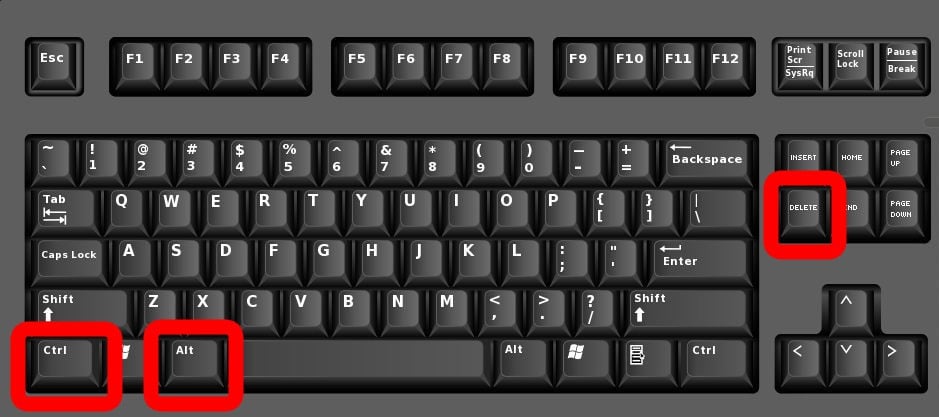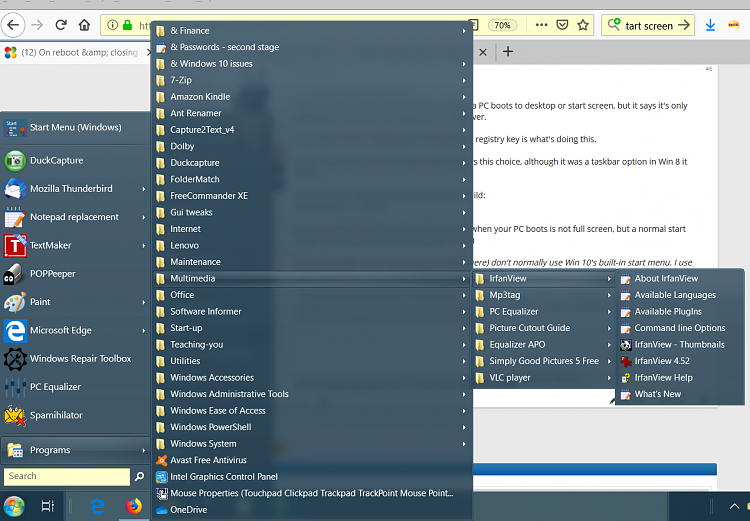

As a rule of thumb, don’t set it below 1000, or 1 second. We don’t recommend setting this value too low, or Windows will think applications are unresponsive when they aren’t. If you wanted to set it to 3 seconds, you’d enter “3000”. For example, the default value is “5000”, which is 5000 milliseconds or 5 seconds. To configure the HungAppTimeout value, create the string and double-click it. As a rule of thumb, don’t set it below 2000, or 2 seconds. We don’t recommend setting this value too low, as applications do need time to clean up. If you wanted to set it to 5 seconds, you’d enter “5000”. For example, the default value is “20000”, which is 20000 milliseconds or 20 seconds. To configure the WaitToKillAppTimeout value, create the string value and double-click it. Repeat this process to add a second one or even all three. Name it “WaitToKillAppTimeout”, “HungAppTimeout”, or “AutoEndTasks”-whichever setting you want to customize. To create one of these settings, right-click the “Desktop” key in the left pane and select New > String Value. If you don’t see them, Windows is using the default settings.


Navigate to the following key in the left pane of the registry editor window: HKEY_CURRENT_USER\Control Panel\DesktopĬheck to see if you have any of the “WaitToKillAppTimeout”, “HungAppTimeout”, or “AutoEndTasks” settings in the right pane.

To open it, press Windows+R on your keyboard, type “regedit”, and press Enter. To change these settings, you’ll need to use the Registry Editor. And definitely back up the Registry (and your computer!) before making changes. That said, if you’ve never worked with it before, consider reading about how to use the Registry Editor before you get started. This is a pretty simple hack and as long as you stick to the instructions, you shouldn’t have any problems. Standard warning: Registry Editor is a powerful tool and misusing it can render your system unstable or even inoperable. RELATED: Learning to Use the Registry Editor Like a Pro If you enable this option, Windows will instead automatically close any applications and shut down without your input.


 0 kommentar(er)
0 kommentar(er)
